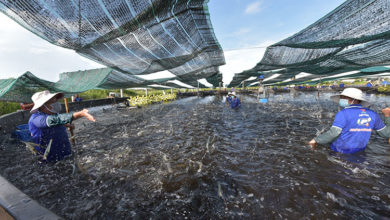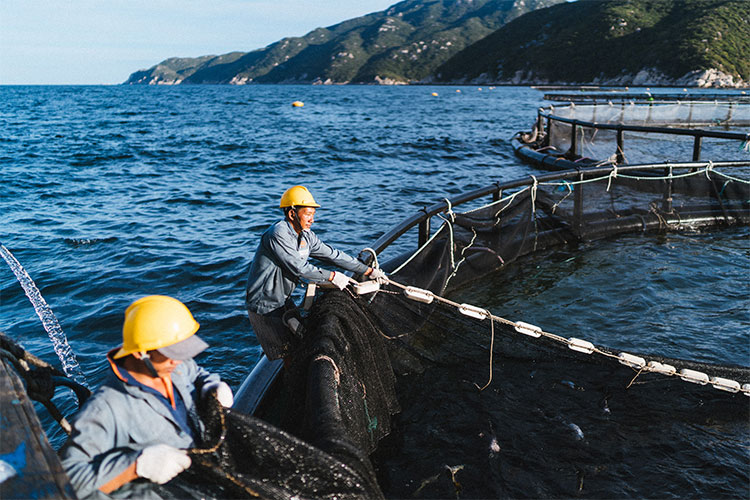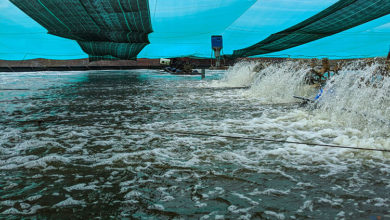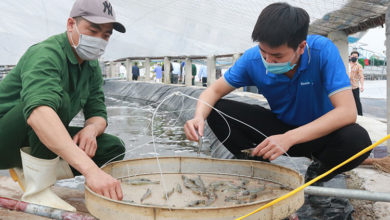Ca Mau responds to new U.S. tariff shock
The latest U.S. tariff hike, once effective, will impact Ca Mau’s shrimp exports but only to a limited extent. Although Ca Mau’s annual seafood exports total about USD 1 billion, shipments to the U.S. account for just around 6% of that figure.
The newly announced 46% tariff from the White House has somewhat unsettled businesses and shrimp farmers in Ca Mau and across Vietnam. However, upon closer analysis, the impact appears to be moderate and manageable.
Farmers urged not to harvest shrimp prematurely amid price drops
Recently, raw shrimp prices in Ca Mau have been falling following news of the U.S. tariff increase. Some companies have adjusted their purchase prices for farmed shrimp. Reports from April 4-5 indicate that prices for white-leg shrimp have dropped by approximately VND 10,000 per kilogram across various sizes.
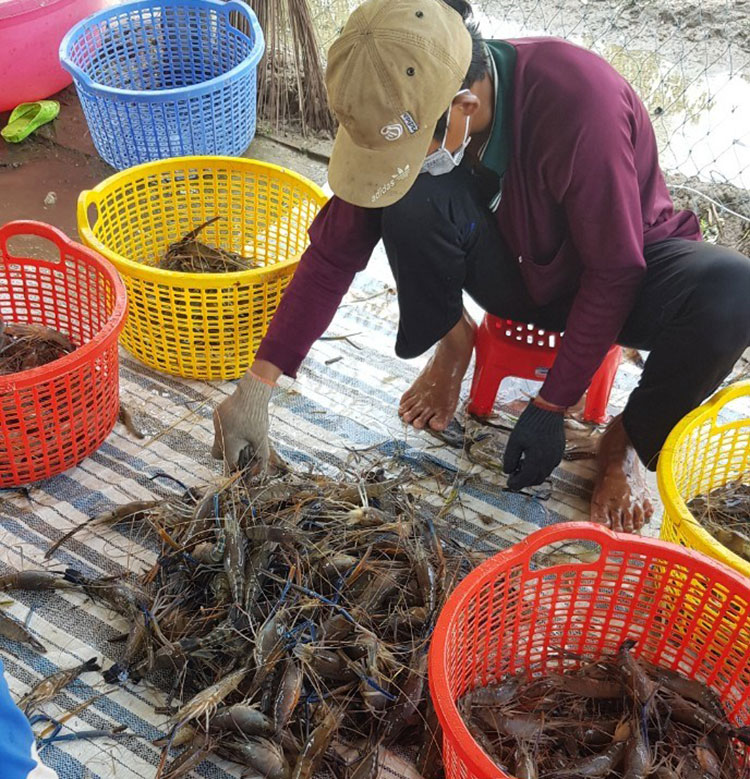
Fearing further price declines, many intensive and super-intensive shrimp farmers have rushed to harvest and sell off their stock. “In less than a week, our cooperative members have harvested more than 30 ponds, some of which were not even mature enough for sale,” shared Huynh Xuan Dien, Chairman of Tan Hung High-Yield Shrimp Farming Cooperative.
This harvesting frenzy is overwhelming processing factories, forcing some to cut purchase prices even further. The situation could deteriorate in the coming days.
According to Nguyen Chi Thien, Director of Ca Mau’s Department of Industry and Trade, the province has five major seafood processors capable of absorbing the local shrimp output. In Q1 2025, shrimp production in Ca Mau remained stable, with seafood output increasing 9% year-on-year.
Mr. Thien noted that the tariff news has indeed disrupted production, notably shrimp farming, as purchase prices trend downward. “The actual impact depends on each company’s strategy and whether the agreed terms place the tariff burden on the buyer or the supplier,” he added.
Vice Chairman of Ca Mau’s People’s Committee, Le Van Su, urged farmers to stay calm and avoid premature harvesting that could destabilize the market. He emphasized the importance of maintaining production, closely monitoring tariff developments, and cooperating with authorities to improve efficiency and competitiveness.
Seafood processors are also advised to be cautious about lowering prices to avoid negatively affecting local farmers and businesses. Authorities and trade associations continue working together to support farmers through this challenging period.
Only about 6% of exports go to the U.S.
On April 5, Ca Mau’s provincial leaders convened with industry representatives to address the U.S. tariff concerns. Ca Mau, Vietnam’s leading seafood producer, exported over USD 1.1 billion worth of seafood in 2024, with shrimp accounting for about 80%.
While Ca Mau exports to over 90 countries, the U.S. market accounts for just about 6%. In 2023, shrimp exports to the U.S. totaled USD 70.98 million (5.91% of the province’s total exports). In 2024, the figure rose slightly to USD 76.78 million (6.07%). In Q1 2025, shrimp exports to the U.S. reached only USD 6.84 million (3.74%).
Chau Cong Bang, Acting Director of the Department of Agriculture and Environment, remarked that the U.S. tariff impact on Ca Mau’s shrimp sector remains limited, given the province’s access to other markets.
At the provincial meeting, seafood exporters shared that they had already begun implementing countermeasures. For example, goods en route to ports but not yet shipped were returned to storage. Companies have halted price quoting, sales contracts, and shipments to U.S. partners such as Mazzetta, Blue Sea, and Limson.
“The challenge is how to handle goods already on ships bound for the U.S., as it is unclear whether the tariff applies from the date of shipment or the date of entry into the U.S.,” said Nguyen Chi Thien.
Provincial Chairman Pham Thanh Ngai noted that General Secretary To Lam recently held a promising phone call with the U.S. President. However, to stay proactive, businesses and farmers must maintain production while closely following guidance from authorities to protect shrimp value and quality.
Local authorities are also working to raise awareness about market volatility to help farmers and businesses remain calm. Companies are encouraged to collaborate with provincial agencies to overcome obstacles, seek alternative markets, and maximize domestic sales, ensuring a diversified market and customer base.
VFM


